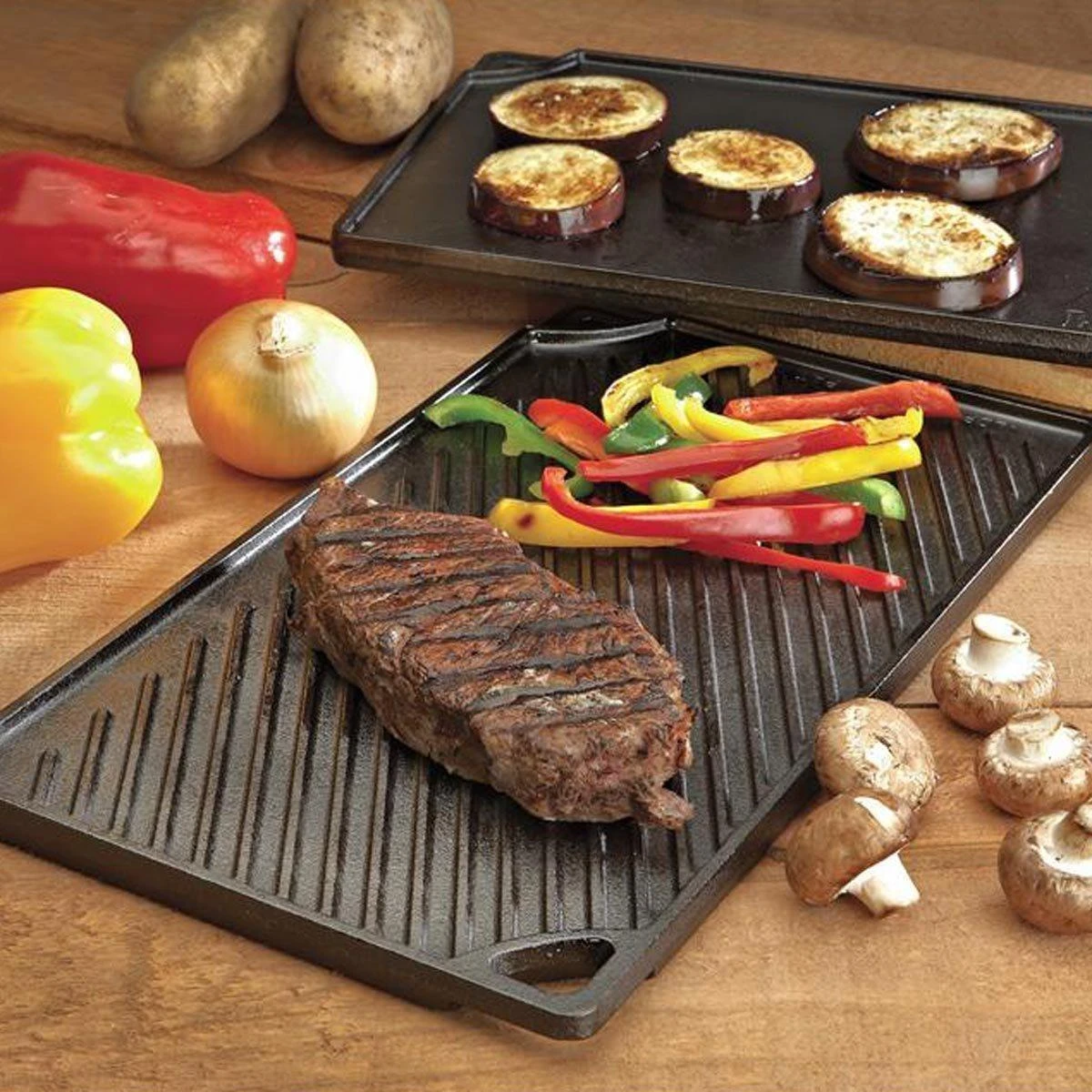
choosing cast iron skillet
Choosing the Right Cast Iron Skillet A Comprehensive Guide
When it comes to kitchen cookware, few items are as beloved and versatile as the cast iron skillet. With its ability to retain heat, distribute it evenly, and provide a non-stick surface when seasoned properly, a cast iron skillet is a chef’s best friend. But with so many options on the market, choosing the right cast iron skillet can be a daunting task. In this guide, we’ll explore the factors to consider when purchasing a cast iron skillet, ensuring you make an informed decision that will elevate your cooking experience.
1. Understand the Different Types of Cast Iron Skillets
Cast iron skillets generally come in two types preseasoned and bare iron.
- Preseasoned Skillets Most modern cast iron skillets come preseasoned, meaning they have been coated with oil and baked at high temperatures during manufacturing. This gives the skillet an initial layer of non-stick capability and make it ready for use right out of the box. Brands like Lodge offer excellent preseasoned options that require little additional preparation.
- Bare Iron Skillets These come without any seasoning, allowing you to create your own seasoning layer. This can be a fun project for those who enjoy customizing their cookware, but it does require time and effort to build up that non-stick surface.
2. Choose the Right Size
Cast iron skillets are available in a range of sizes, typically measured in inches across the diameter. The most common sizes range from 6 inches to 15 inches.
- Smaller Skillets (6-8 inches) Ideal for individual servings, a smaller skillet is perfect for frying eggs or searing a single pork chop.
- Medium Skillets (10-12 inches) This is the most versatile size, suitable for cooking various dishes, from sautéing vegetables to frying chicken. A 10-inch skillet can serve 2-4 people, while a 12-inch can handle larger batches.
- Larger Skillets (14-15 inches) Perfect for family meals or batch cooking, larger skillets allow for ample cooking space, making them great for stir-fries or large roasts.
3. Weight Matters
choosing cast iron skillet

The weight of a cast iron skillet can impact your cooking experience. Heavier skillets tend to retain heat better and can sear food more efficiently. However, they can also be more cumbersome to handle. Lighter skillets might be easier to maneuver but may not provide the same heat retention. Consider your own strength and comfort when deciding on the weight of the skillet.
4. Look for Quality Craftsmanship
The craftsmanship of the skillet plays a crucial role in its performance. Look for skillets with a smooth cooking surface, as a rough finish can make it more difficult to achieve that perfect sear or to clean. Additionally, check for a well-finished handle that allows for a comfortable grip. Some skillets also feature helper handles for easier lifting, especially when moving a heavy, full skillet.
5. Consider the Brand and Reviews
Various brands offer cast iron skillets, but some are known for their quality and durability. Lodge is a well-respected brand offering affordable and reliable options. Le Creuset and Staub provide high-end alternatives that not only function beautifully but also look stunning on your table. Regardless of the brand, always read customer reviews to get insights into the performance and longevity of the skillet you’re considering.
6. Maintenance and Care
Cast iron skillets require a bit more care than some other cookware materials. To maintain the non-stick surface, you’ll need to season your skillet regularly. This involves cleaning it carefully after each use, drying it thoroughly, and applying a thin layer of oil. Avoid soaking or putting your cast iron skillet in the dishwasher, as these practices can strip the seasoning.
7. Budget Considerations
Finally, consider your budget. While cast iron skillets are generally cost-effective compared to other cookware, prices can vary significantly based on brand, size, and craftsmanship. Set a budget that works for you, and remember that a good-quality skillet can last a lifetime when cared for properly.
Conclusion
Choosing the right cast iron skillet is an investment in your cooking. By considering the type, size, weight, craftsmanship, and your cooking needs, you can find the skillet that’s perfect for you. Whether you’re a novice cook or a seasoned chef, a cast iron skillet is a versatile tool that can enhance your culinary creations for years to come. Happy cooking!
-
Season Cast Iron Perfectly with GPT-4 Turbo TipsNewsAug.01,2025
-
High Quality Cast Iron Cookware - Baixiang County Zhongda MachineryNewsAug.01,2025
-
Premium Cast Iron Pan: Durable & Perfect HeatNewsAug.01,2025
-
High Quality Kitchen Durable Black Round Cast Iron Cookware Pancake Crepe Pan-Baixiang County Zhongda Machinery Manufacturing Co., Ltd.NewsAug.01,2025
-
Cast Iron Cookware - Baixiang County Zhongda Machinery | Nonstick, Heat ResistanceNewsAug.01,2025
-
High Quality Kitchen Durable Black Round Cast Iron Cookware - Baixiang County Zhongda Machinery | Non-Stick, Heat Retention, DurableNewsJul.31,2025


